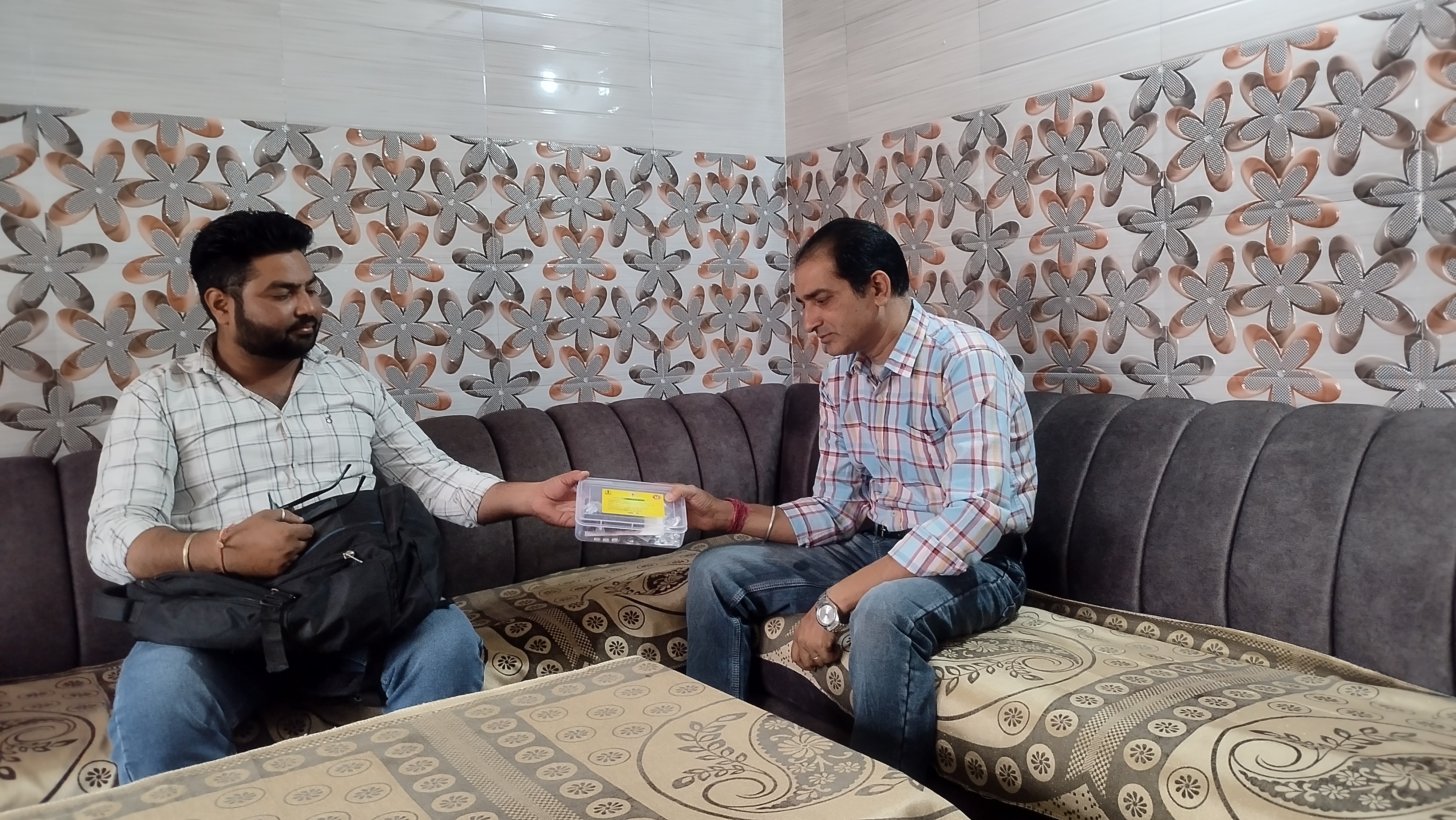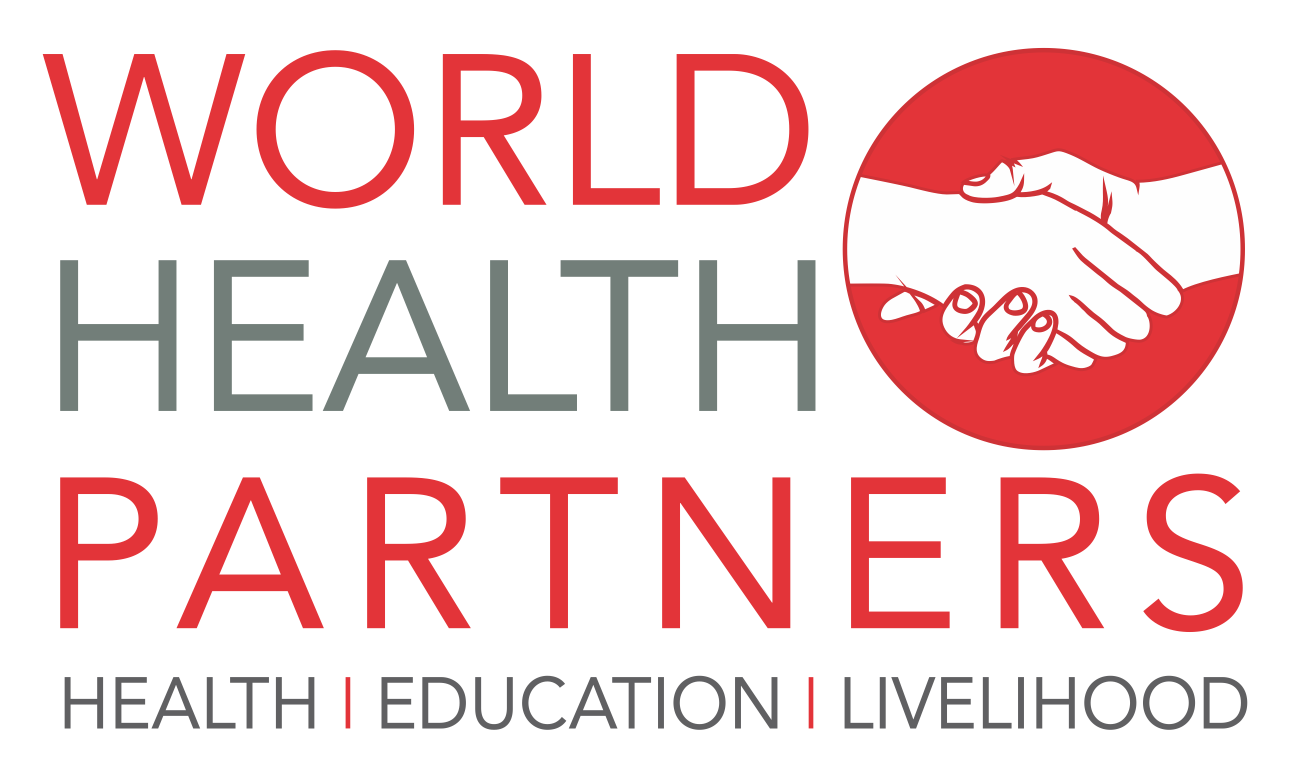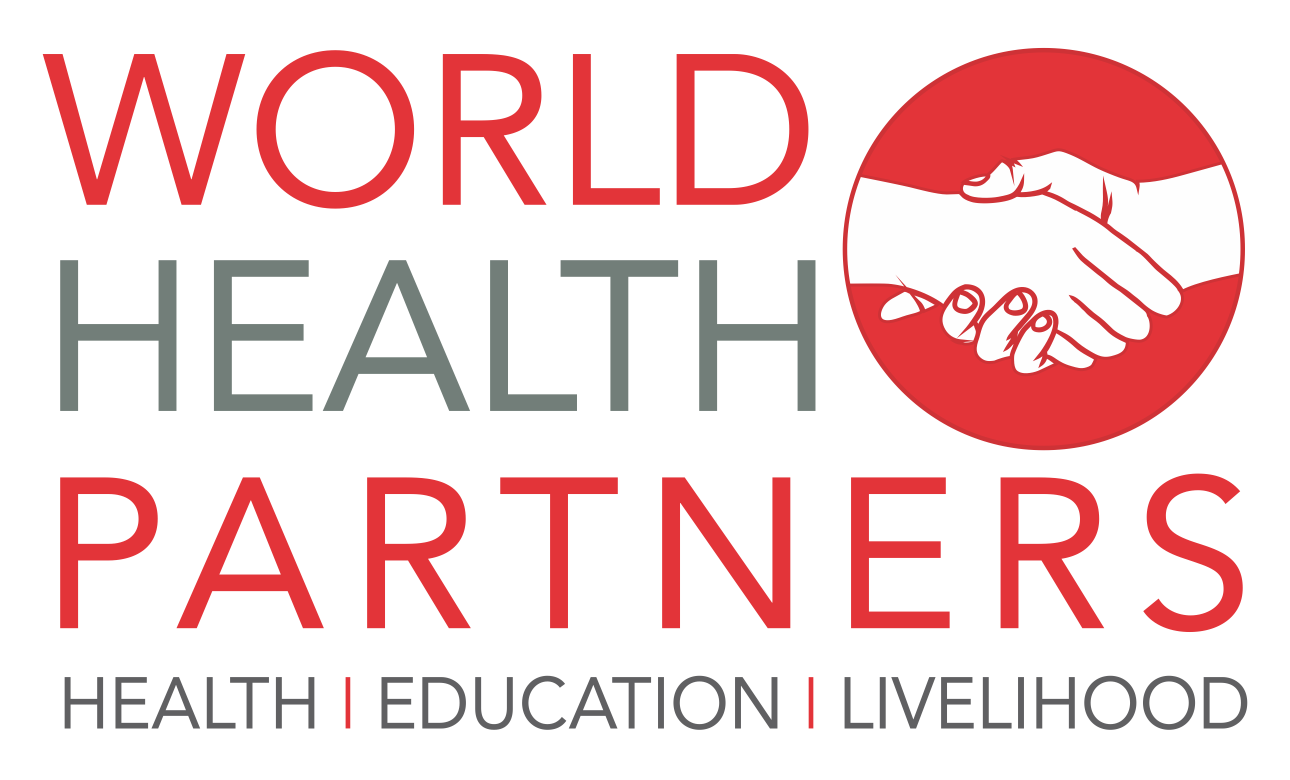RCT
Randomised Control Trial

Typically, an active TB patient is required to take six months of medication to cure the disease. However, irregular adherence or non-adherence to pills is a common occurrence. This increases the increase the risk of death, chances of relapse, and drug resistance among the patients. The Central TB Division (CTD) launched an Integrated Digital Adherence Technology Initiative (IDAT) in 2019 to deliver more patient-centric monitoring and management at scale. However, an interim assessment indicated that while IDAT had achieved significant coverage of digital adherence technologies (DATs) over a brief period, several barriers at the level of the health system, health workers and patients needed to be overcome to achieve their desired impact on patient outcomes. Also, currently, the adoption and expansion of DATs is the largest in the public sector. But it is predicted that the impact would be greater if these tools are extended to privately treated TB patients.
WHP has collaborated with Indian School of Business (ISB) supported by BMGF to conduct a multi-year, multi-faceted, comprehensive study to evaluate three adherence-monitoring methods from both patient and healthcare worker’s perspectives against the standard of care in the private sector in three districts of Punjab -Ludhiana, Jalandhar and Amritsar. The CTD and the State TB Office of Punjab are guiding the project’s implementation to generate rigorous evidence that will inform national decision-making on scaling up digital adherence management, implementation protocols, and assessing their cost-effectiveness and budget impact.
The study follows a multi-site randomized controlled trial design, embedded within mixed-methods operational research, and guided by economics and behavioural sciences to achieve its objectives. Qualitative research, grounded in behavioural science, identifies barriers and facilitators that influence how patients and healthcare workers engage with Digital Adherence Technologies (DATs). A Time-and-Motion study captures how information from digital tools affects the workflows of frontline health workers. Using advanced analytical methods such as machine learning, the study recommends optimal ways to utilize limited health worker capacity. The study integrates these analyses with detailed programmatic cost estimates to assess the relative cost-effectiveness of different monitoring approaches.
Progress till October 2025: the project has engaged 112 providers, and 80 % providers are actively prescribing Fixed Dose Combinations (FDC) to the patients. Currently, 501 patients are enrolled in the study, with 171 patients on MERM, 167 on Refill, and 163 patients on 99Dotslite.
WHP welcomes the opportunity to collaborate to implement this commitment.
Partner with Us

